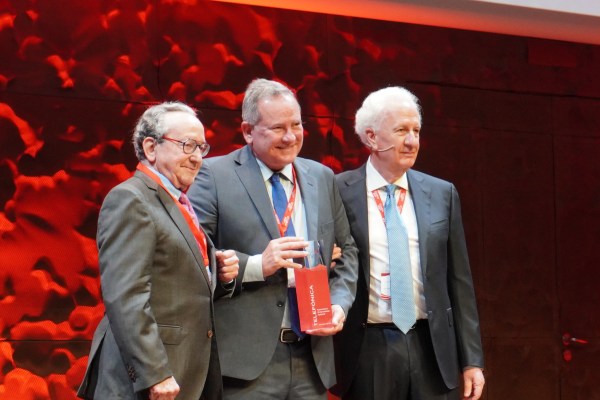Business leadership has become the foundation of any company’s success. Organisations need people who analyse the skills of employees and promote their growth. However, although there are different types of business leadership, not all of them are suitable for all companies.
What is entrepreneurial leadership?
This concept refers to the ability of one person to guide and influence the work behaviour of another. It is not only about managing and keeping teams motivated, business leadership also seeks to influence teams to achieve goals and build organisational culture.
Companies have moved from using team management models in which the term boss was synonymous with leader where the main characteristic lies in the power of authority present in the boss. The leader, on the other hand, focuses on motivation and direction, as well as providing innovative ideas to achieve objectives.
Therefore, to exercise the functions of a business leader correctly, it is necessary to work together, motivate the team, listen actively, make decisions with honesty and design an organisational structure where the skills of each person are valued. However, there are still companies that use a leadership model based on a traditional structure, centred on the authoritarian management of departments.
Benefits of business leadership
Among the many benefits of business leadership, it is worth highlighting the increase in work performance and the reduction of absenteeism by employees thanks to the positive atmosphere that these models generate. In addition, this practice makes it possible to achieve and measure objectives in the short, medium and long term.
Thanks to the incorporation of this organisational practice, the work climate and teamwork are improved and, therefore, the internal image of the company is favoured. With a united team, strategies and planning are improved, enhancing problem solving and more creative results.
8 types of leadership in a company
All types of leadership have their benefits and drawbacks. Therefore, companies must analyse their context and adapt the best strategy according to their culture, economic situation and staff conditions.
Democratic leadership
This promotes employee participation, with the aim of generating enthusiasm and encouraging dialogue between the different departments of the company. A practice that avoids dictatorial attitudes and stimulates vertical communication in the organisation.
Although the final decision rests with the person in charge, democratic leadership favours the exchange of information at all hierarchical levels of the company.
Autocratic leadership
The autocratic leader is the antithesis of the democratic leader. In this case, bosses display and manifest their authority to employees. Subordinates cannot express their disagreement or give a contrary opinion to decisions.
This leadership is negative, as it can lead to stress, anxiety, low productivity and even depression among employees. It is a reflection of unidirectional communication without contradictions.
Laissez-faire leadership
This formula can be translated as “laissez-faire”. In this case, employees are left free to carry out daily practices, since the important thing is the result and not the methods.
This leader works in a positive way, trusts in the skills and experience of the employees to carry out the different tasks and, therefore, any interference from the management can be detrimental to the result.
Transactional leadership
This is a model that is based on a system of financial rewards for a job well done. These leaders usually possess strong communication skills and encourage the achievement of goals.
In this case, both parties benefit, since the worker is rewarded for his or her effort, and the leader motivates subordinates to increase the company’s assets; however, the leader’s role is autocratic in nature.
Transformational leadership
The transformational leader is very aware of the team’s potential. Moreover, he/she recognises the employees as the only possible way to achieve business transformation and to achieve short, medium and long-term goals. They are characterised by their great expressive skills used, above all, to promote creativity between the different departments.
Situational leadership
This type of leader is flexible and dynamic, adjusting to circumstances with total autonomy. They are usually mature and very stable in the company, capable of applying their own style and adapting it when the situation requires it.
Digital leadership
The current panorama in which organisations are moving is marked by digitalisation and, therefore, companies require technological leaders adapted to the current context. In the midst of the digital era, organisational leaders must be in continuous training, have great flexibility to adapt to changes, be able to communicate fluently and understand digital innovations.
Emotional leadership
This is based on the ability to manage and guide employees in complex situations that may affect their emotions. To do this, they must apply emotional intelligence, enhance empathy, the ability to understand and encourage respect. An environment dominated by unease and fear deteriorates productivity, and in turn has a negative impact on the company’s profits.










